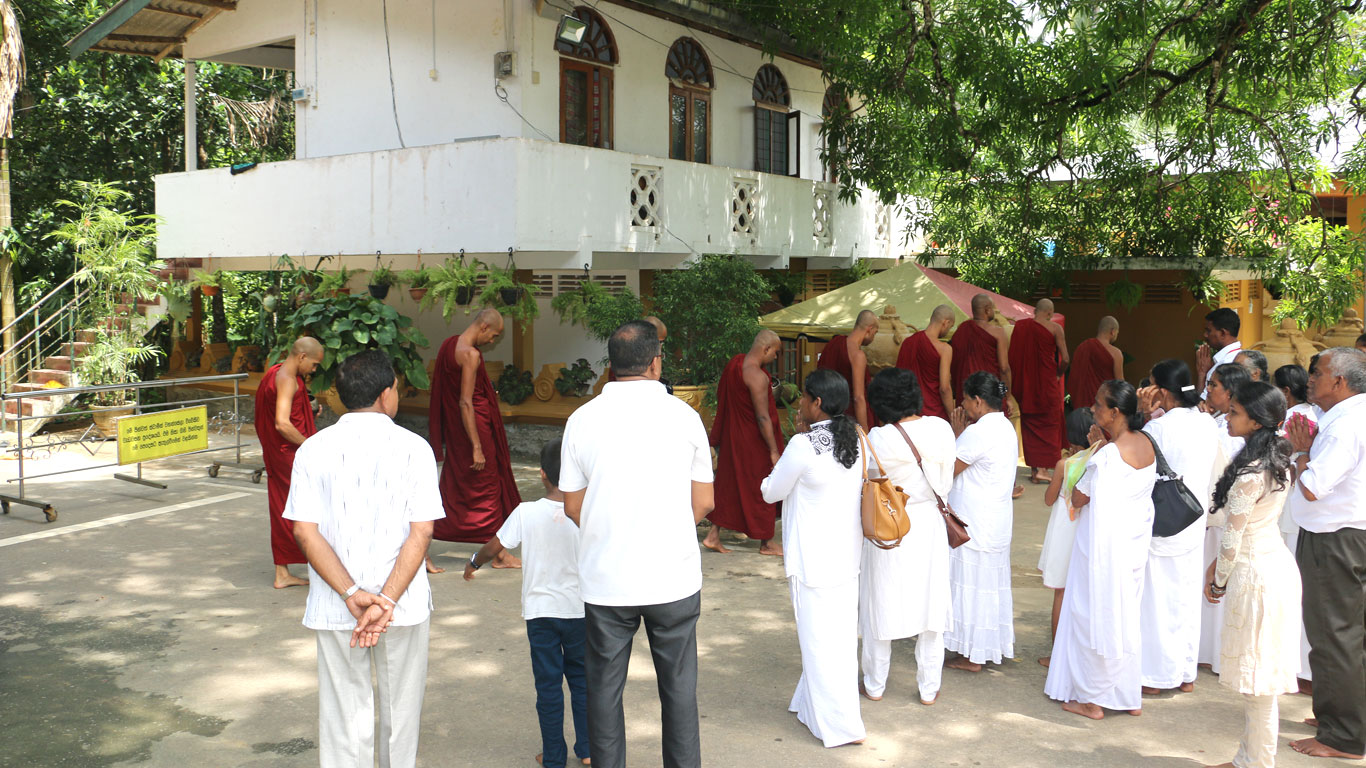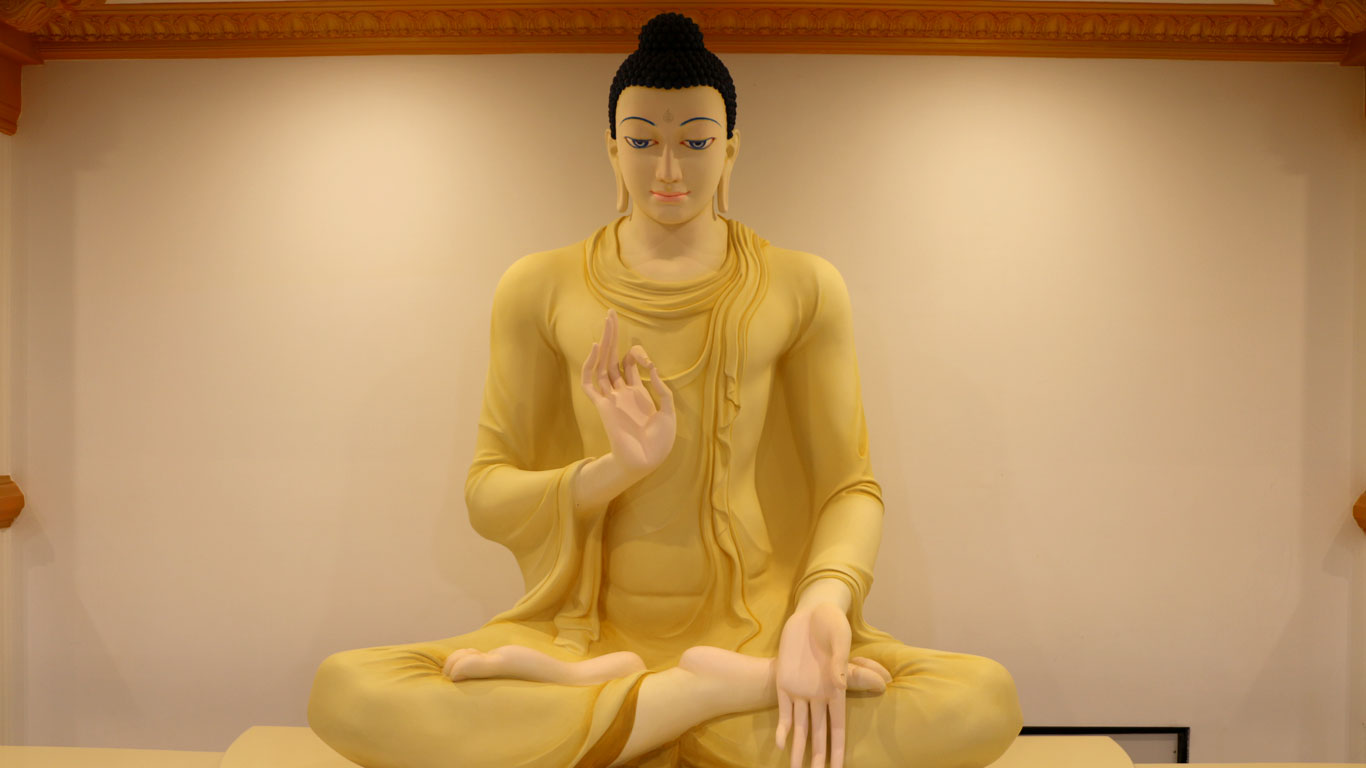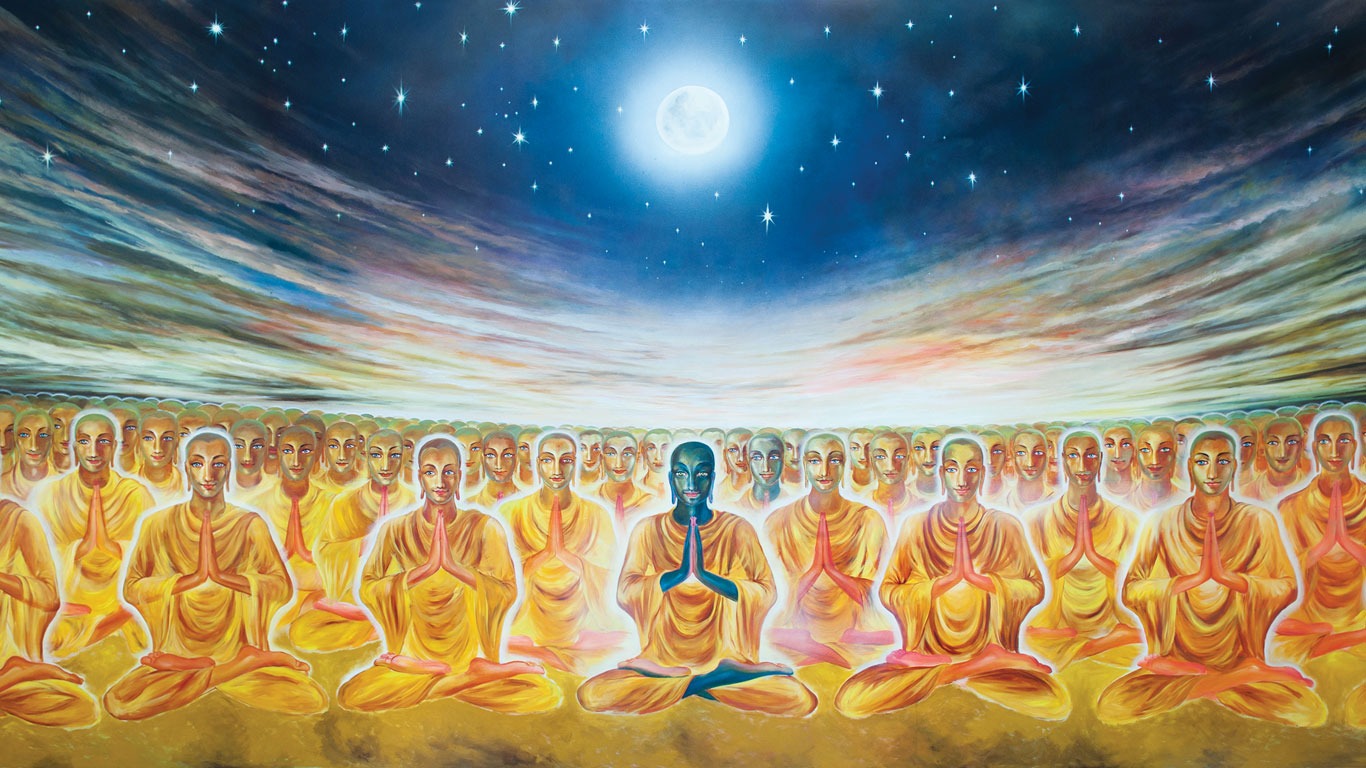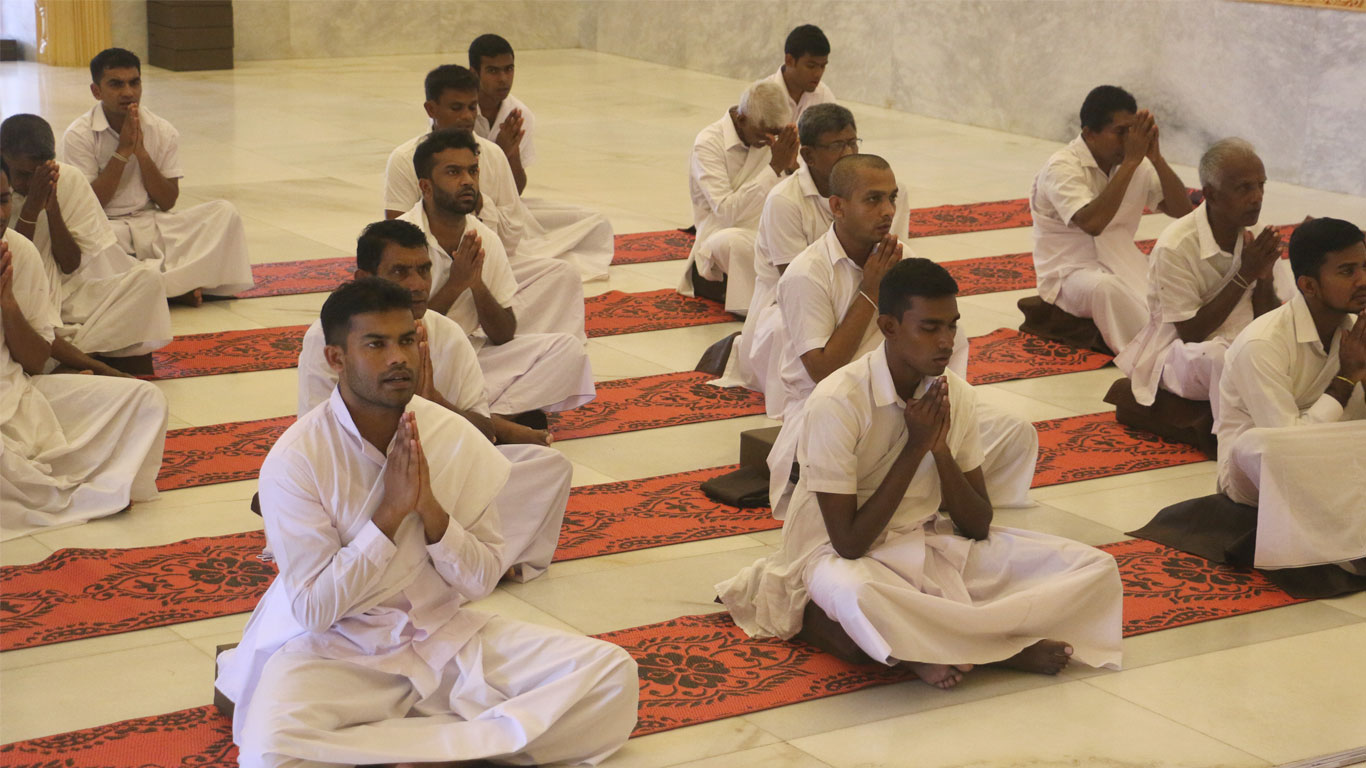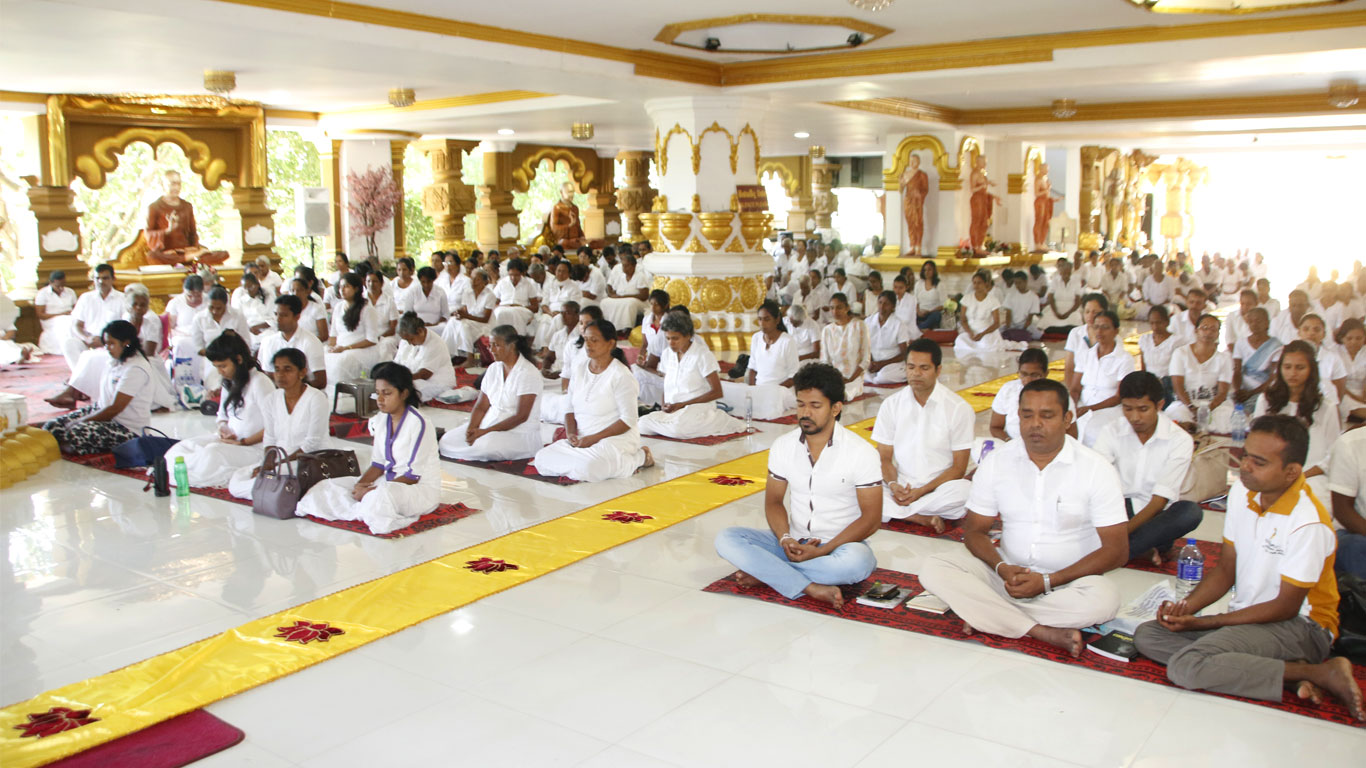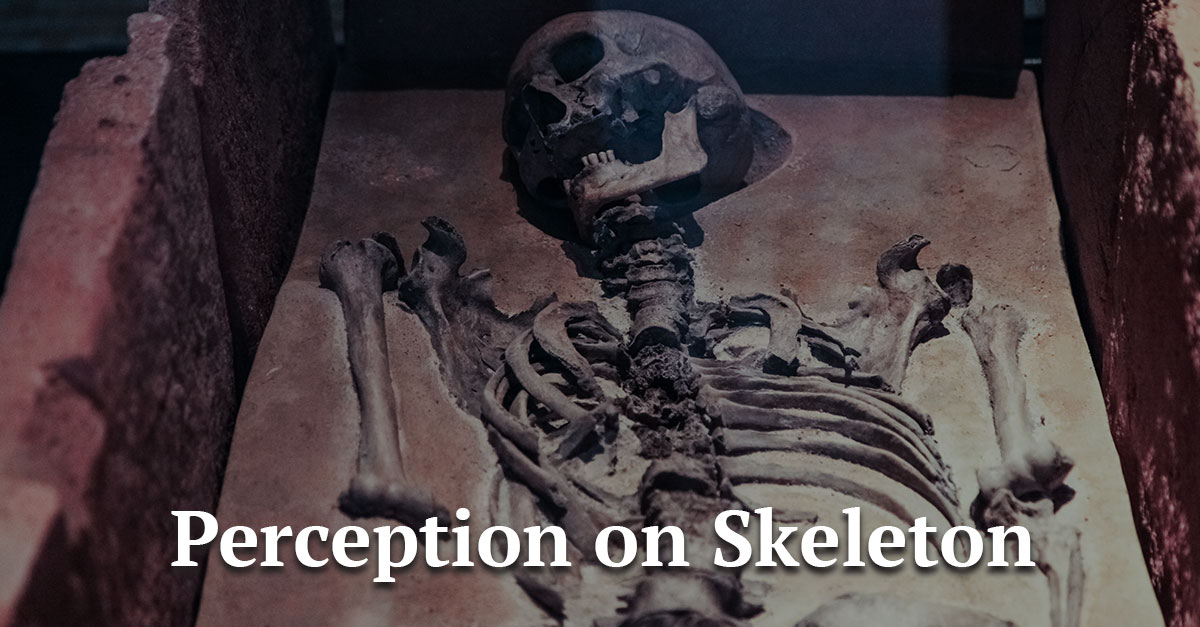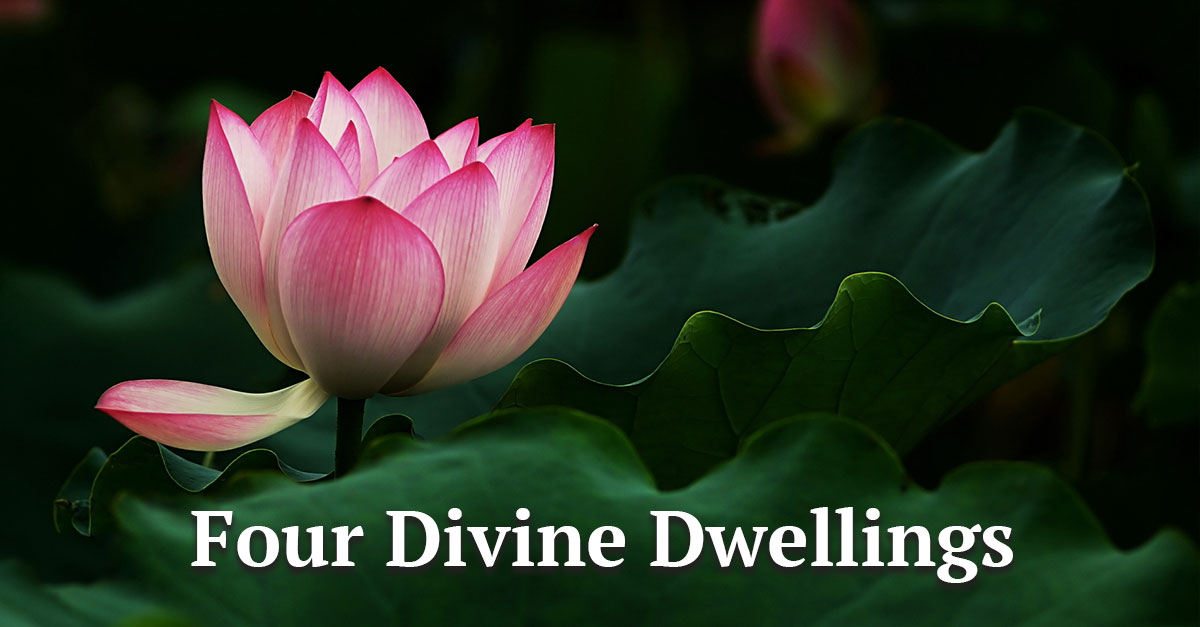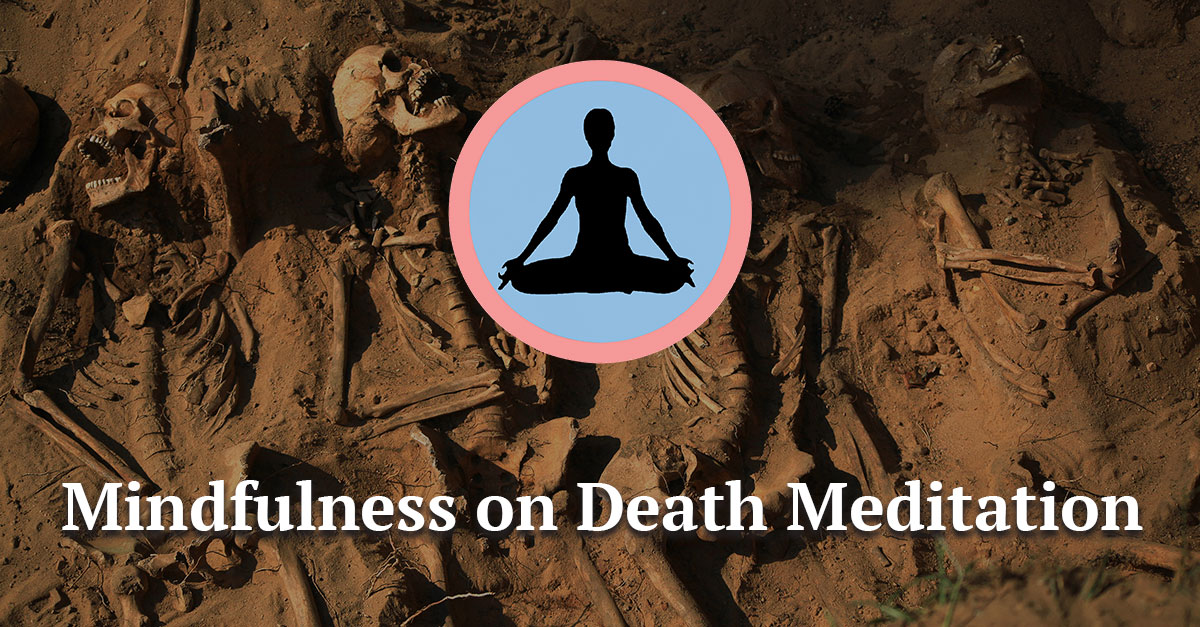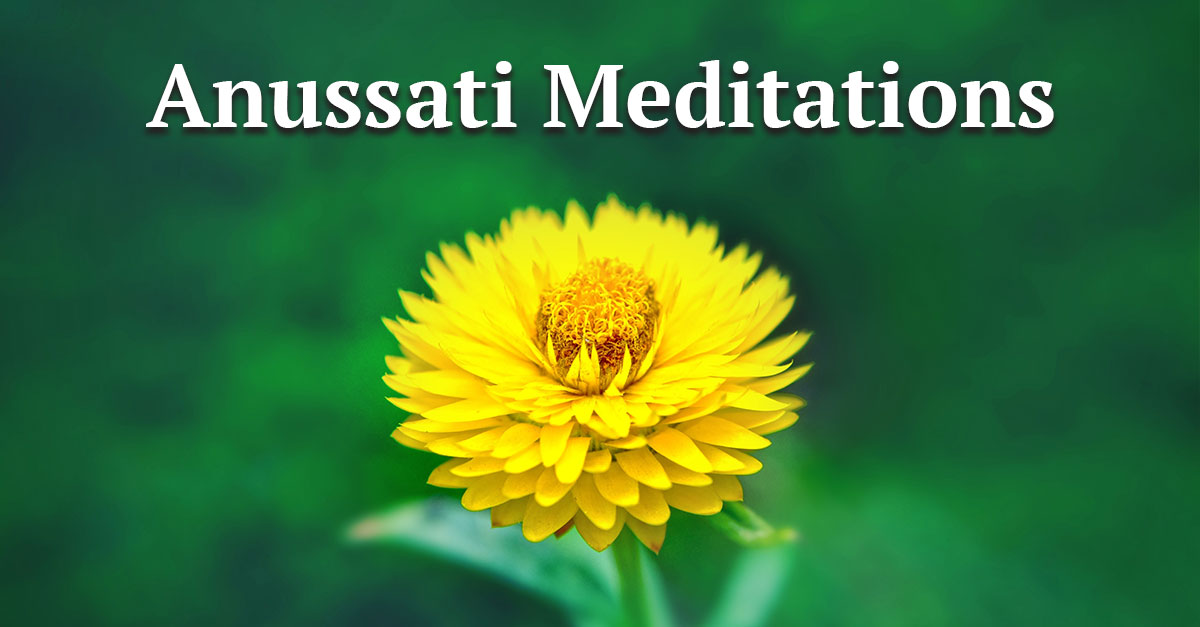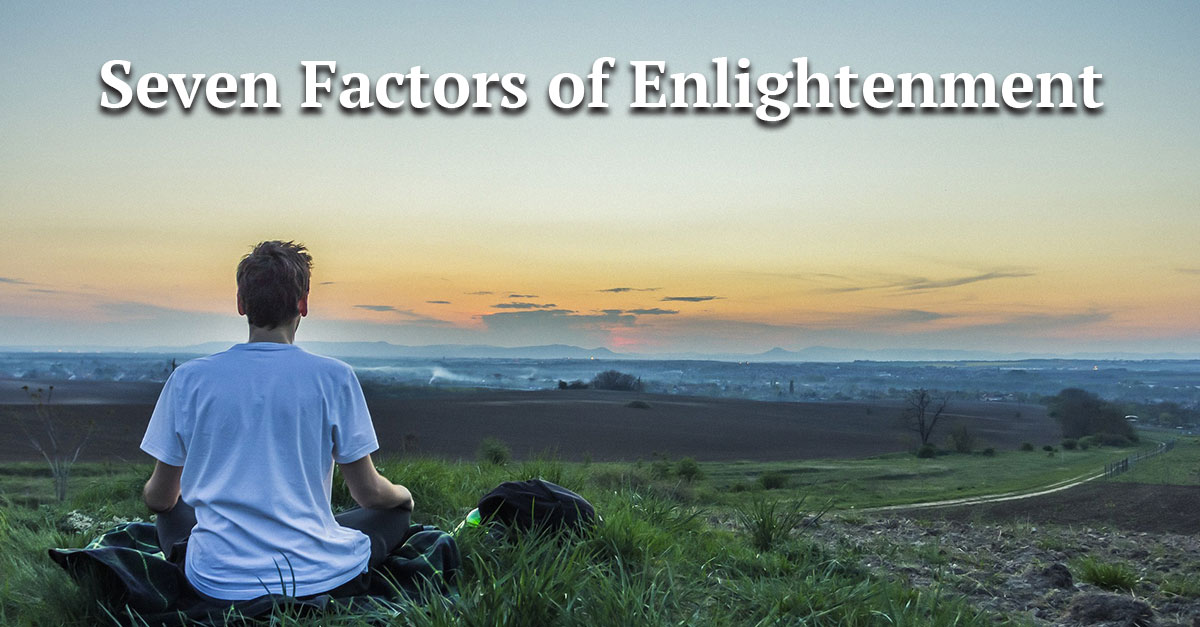A Spiritual Relationship
Who are Monastics? Who are Lay People? The Buddha designed an organization that was perfectly suited to helping as many people as possible achieve the most happiness possible. For those who wanted to dedicate their lives completely to achieving the greatest happiness of full enlightenment he created the community of monks and nuns, also referred to as the Sangha. For those who wished to remain a part of the world while developing the wholesome qualities that lead to enlightenment, he created the community of lay disciples. These lay people observe the Five Precepts. Monks and nuns can dedicate all [...]

